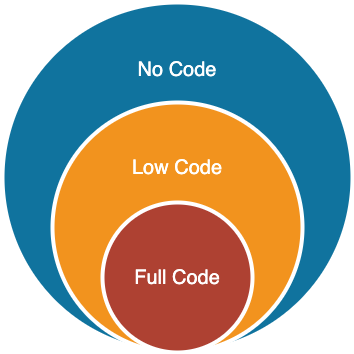Overview
Snippet Dynamic Applications on the Skylar One platform are extremely powerful and flexible. A snippet developer has the full Python ecosystem available to them to solve the common problems of monitoring. Some common tasks of monitoring are:
specifying what to collect
communicating with an endpoint or device
transforming device responses into useful data
handling device errors
handling code errors
managing internal events, metrics, and logs
The power and flexibility of Snippet Dynamic Applications mean that nearly any collection problem can be solved with enough time and code, but most developers do not have unlimited time and code. The Snippet Framework builds on top of the Snippet Dynamic Application and aims to make the common problems of monitoring simple to solve, while still allowing for customization to solve more complex problems.

The goal of the Snippet Framework is to handle the routine and difficult parts of data collection, so that you can focus only on the specific problem you need to solve. Many problems will be solved with no code. A smaller set of problems can be solved with small amounts of code. Finally, the most complex and unusual problems can be solved by plugging in custom libraries and functions.
The Snippet Framework philosophy is that common collection tasks should not require a mountain of complex code. Common collection tasks should be easy while complex tasks should be possible.
The Snippet Framework uses a common snippet between all Dynamic Applications which reduces the overhead of development. There is a section for specifying custom information such as substitution, custom steps, and importing custom steps.